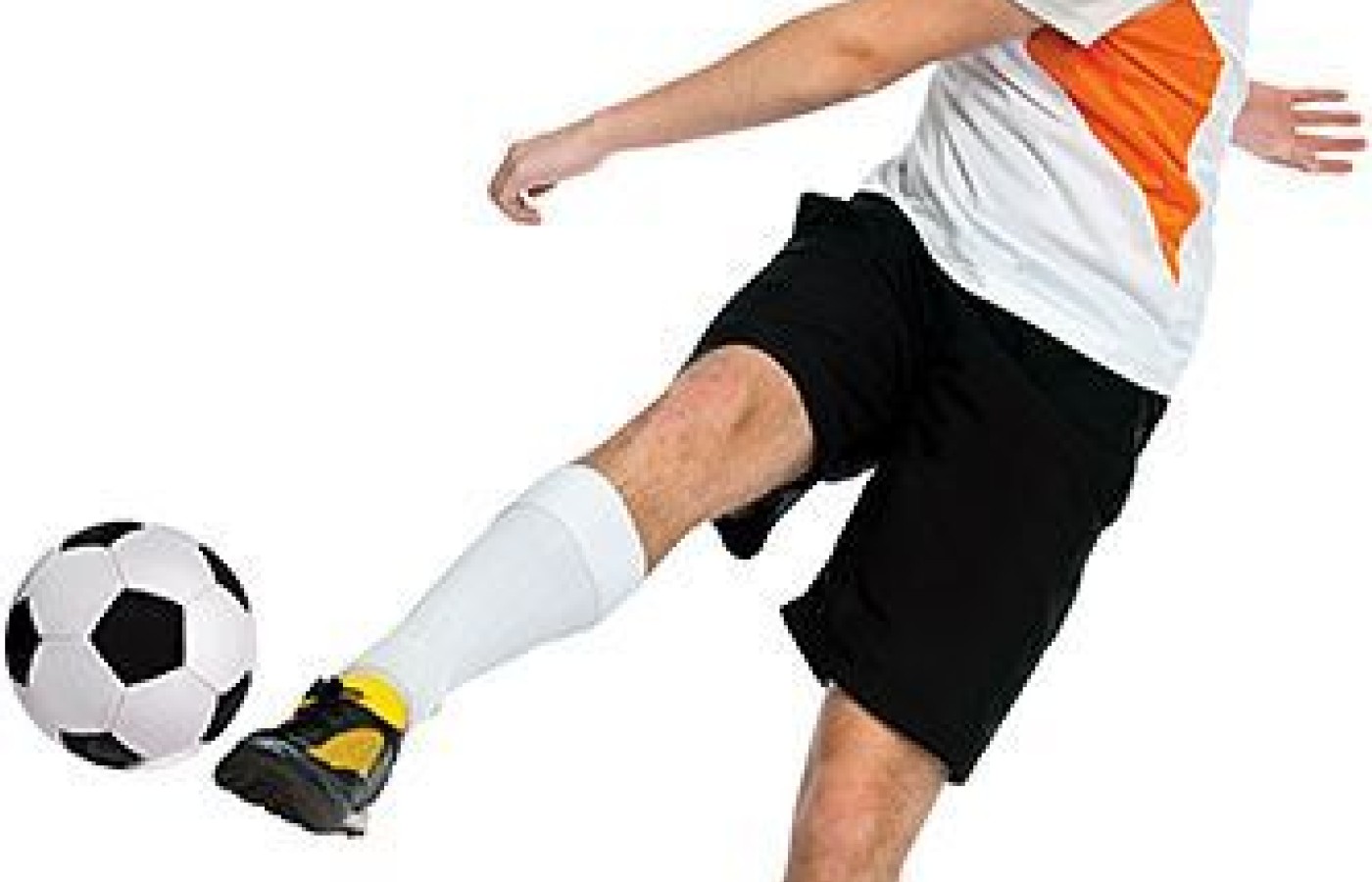New York's highest court of appeals has held that no-fault insurers cannot deny no-fault benefits where they unilaterally determine that a provider has committed misconduct based upon alleged fraudulent conduct. The Court held that this authority belongs solely to state regulators, specifically New York's Board of Regents, which oversees professional licensing and discipline. This follows a similar recent ruling in Florida reported in this publication.
Unlevel Pelvis in the High-School Athlete: Exploring Causes and Effects
The unlevel pelvis is all too common in the high-school athlete and if not detected, will likely cause a lifetime of musculoskeletal issues. Any provider who doesn't look for this common finding is missing critical information. An unlevel pelvis, defined as a pelvis that has one ilium higher than the other ilium, is typically seen on an A-P lumbar X-ray. Let's explore the biomechanical consequences of the unlevel pelvis, along with common causes and how you can address the problem before it becomes a chronic issue.
Consequences
This imbalance is a clear demonstration of asymmetry between right and left. For an athlete, this asymmetry increases the likelihood of injuries and decreases potential performance. Just like a car with a misaligned front end, the harmony in motion between right and left is clumsy at best. Fig. 1 [viewable in the app version of this article] is an X-ray of an Olympic athlete who participates in an event that requires speed with running. This imbalance was never detected in our traditional sports medicine system. Our evaluations of young athletes must detect information such as this as early as possible.
The immediate effect of this imbalance is an increased likelihood of injury. When there is an imbalance between right and left, one or more areas of the body (ligament, tendon, muscle, cartilage or bone) will be under a greater degree of stress. This increase in loading sets tissue up for failure once there is a great enough accumulation of stress. For an athlete playing the same sport and the same position over a long enough period of time, the repetitiveness of this motion leads to premature tissue breakdown.

The long-term effect of this imbalance is an acceleration of degeneration of the tissue involved. This makes detection of the unlevel pelvis critical, even in the absence of symptoms. The preferred test of choice in detecting this imbalance is the X-ray in the standing position. This X-ray should be taken with the athlete in bare feet. In some cases, an unlevel pelvis can be detected by visually looking at the patient, but specificity is seen on the X-ray and also can be shown to the patient, which produces a much greater likelihood the patient will take action to address this imbalance.
Common Causes / Solutions
There are three common causes of the unlevel pelvis; detecting the exact cause is critical in making the proper treatment recommendation.
1. Anatomical Short Leg: The first cause is an anatomical short leg on the side of the low ilium. In my office, our first suspicion of an anatomical short leg is detected when the patient is lying prone. If one leg appears significantly shorter, we then flex the knees and look at the feet with the legs at a 90 degree angle. If it remains short, the likelihood is great that an anatomical short leg exists.
The second test is to measure with a tape rule with the patient in the prone position. It's important to palpate a consistent point on the greater trochanter as the start point for the measurement, and then measure down to a consistent point on the lateral malleolus. There is a significant margin for error, so accuracy and patience are important. The final test is the standing A-P lumbar X-ray.
2. Increased Pronation: The second cause of an unlevel pelvis is increased pronation of the foot on the low pelvis side. This can be seen on a digital foot scan [Fig. 2 in the app version of this article]. In this case, custom orthotics should be recommended. A re-X-ray of the A-P lumbar spine should be taken with the orthotics in the shoes. In the majority of cases, the pelvis will level out perfectly. This evidence confirms to the patient the importance of wearing their orthotics.
3. Increased Knee Q Angle: The third cause of an unlevel pelvis is an increased Q angle (medial rotation) of the knee on the low pelvis side. This finding often accompanies pronation, but when the Q angle is greater on the low pelvis side, this finding must be addressed in order to attain better pelvic balance. Again, custom orthotics is the initial recommendation here, and a re-X-ray should be taken to verify the problem is improved.
Maggs' Law
When the loading of a tissue exceeds the capacity of that tissue, compensatory physiological changes occur. Any imbalance in the human architecture in the standing position creates an environment for increased injuries and an acceleration of degenerative changes, even in the high-school athlete, and even in the absence of symptoms. This finding will cause a lifetime of problems if not detected and corrected, and the chiropractor is the professional of choice to detect and fix this common problem.
Our profession needs to continue educating and encouraging young athletes to be biomechanically evaluated prior to their season starting, and proactively address the imbalances and joint fixations before they become bigger, long-term problems.
This article is part 5 of a six-part series on the high-school athlete that began in DC Practice Insights in August 2014 with advice on how to expand your practice by serving this patient population.



